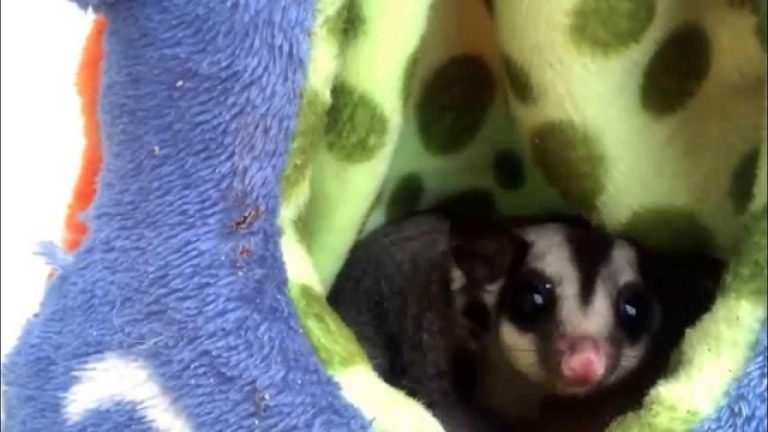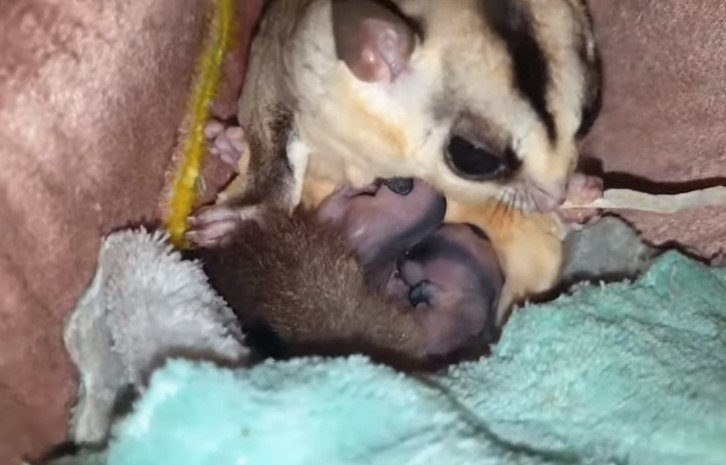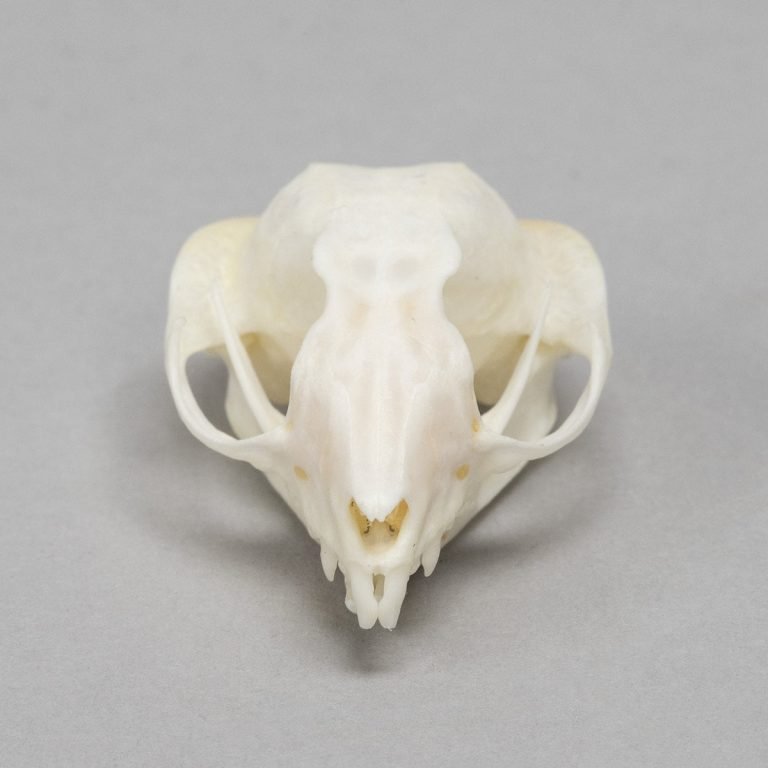Neutered Male Sugar Glider
Thinking of adding a sugar glider to your life? Wondering if neutering is the right choice for your furry friend? Well, let’s dive into the world of neutered male sugar gliders and explore the benefits that come with it.
Neutering male sugar gliders not only improves their behavior but also contributes to a healthier and happier life. You might be wondering why so many owners choose this route for their gliders. The answer lies in the positive impact it has on their overall well-being.
By opting for neutering, you can help prevent territorial aggression and scent marking, making your sugar glider more sociable and friendly. This surgical procedure also reduces the risk of gland-related health issues down the line.
So, whether you’re considering getting one or already have a male sugar glider, neutering could be a game-changer. Stay tuned as we delve deeper into how this simple surgery can make a world of difference in your glider’s life.
Ready to discover why neutered male sugar gliders are all the rage? Let’s jump right in!
Benefits of Neutering Male Sugar Gliders
Neutering male sugar gliders comes with several benefits that can greatly improve their overall well-being and behavior. Let’s explore these advantages:
- Reduced aggression: Neutering helps decrease the aggressive tendencies often seen in male sugar gliders, making them more docile and easier to handle.
- Lower risk of testicular cancer: By removing the testicles, neutering significantly reduces the chances of your pet developing testicular cancer, ensuring a healthier life for your furry friend.
- Diminished territorial behaviors: Neutered males are less likely to exhibit territorial behaviors such as scent marking or aggressive displays towards other gliders. This promotes a more harmonious living environment for both your pet and yourself.
- Prevention of unwanted breeding: Neutering is an effective measure to prevent unplanned breeding in sugar glider populations. It eliminates the risk of accidental pregnancies and helps control their population growth.
By opting to neuter your male sugar glider, you can enjoy a range of benefits that positively impact their behavior, health, and interactions with other gliders. Reduced aggression, minimized risk of testicular cancer, diminished territorial behaviors, and prevention of unwanted breeding are all compelling reasons to consider this procedure for your beloved pet.
Remember, always consult with a veterinarian experienced in working with sugar gliders before making any decisions regarding neutering or any medical procedures for your furry companion.

Managing Scent Marking in Sugar Gliders
Understanding why scent marking is a natural behavior for sugar gliders is crucial. These small marsupials have scent glands located on their heads, chests, and genital areas. Scent marking allows them to communicate with other gliders and establish their territory. However, if you have a neutered male sugar glider, managing scent marking becomes important to maintain a clean and odor-free home environment.
To effectively manage scent marking in your home, consider the following techniques:
- Provide appropriate marking areas: Create designated spaces where your sugar glider can engage in scent marking without causing inconvenience. This can include using specially designed pouches or cloth squares that can be easily cleaned or replaced.
- Regular cleaning: Implement safe cleaning methods to remove scent markings from surfaces such as cages, toys, and furniture. Use mild soap or pet-safe cleaners to avoid any harm to your sugar glider.
- Distract with alternative scents: Introduce alternative scents in the environment that may help redirect your sugar glider’s focus away from excessive marking. This could involve placing scented toys or objects near their cage or providing scented bedding material.
By understanding the natural behavior of neutered male sugar gliders and implementing these management techniques, you can create a harmonious living space for both you and your furry friend.
Remember that while it is essential to manage scent marking, it is also important to consult with an experienced veterinarian for further guidance on maintaining the health and well-being of your neutered male sugar glider.
Reducing Musky Odor in Neutered Males

Minimizing musky odor in neutered male sugar gliders:
- Proper diet and nutrition: A well-balanced diet plays a crucial role in reducing musky odor in neutered male sugar gliders. Providing them with high-quality commercial food specifically formulated for sugar gliders can help minimize the intensity of their natural scent.
- Grooming techniques: Regular grooming sessions are essential to keep your pet smelling fresh. Here are some grooming tips to consider:
- Brush their fur gently using a soft-bristled brush to remove any debris or excess oils.
- Offer occasional baths using lukewarm water and mild, sugar glider-safe shampoo.
- Trim their nails regularly to prevent urine and feces from accumulating, which can contribute to odor.
- Consulting a veterinarian: Excessive musky odor may indicate an underlying health issue that requires professional attention. If you notice an unusually strong smell or any other concerning symptoms, it’s important to consult a veterinarian who specializes in exotic pets.
Remember, maintaining a clean living environment for your neutered male sugar glider is also crucial in minimizing musky odor. Regularly cleaning their enclosure, providing fresh bedding, and ensuring proper ventilation can all contribute to a more pleasant scent.
By following these simple tips and giving your neutered male sugar glider the care they need, you can help reduce musky odors and enjoy a fresher-smelling pet companion.
Integrating Neutered Males with Other Pets
Gradual introductions between pets are crucial when integrating a neutered male sugar glider with other animals. To ensure a safe and successful integration process, here are some strategies to consider:
- Introduce the neutered male sugar glider slowly: Start by allowing the glider to become familiar with the scent of the other animals. Place their cages in close proximity, allowing them to observe each other without direct contact.
- Supervise initial interactions: When it’s time for face-to-face meetings, closely monitor all pets involved. This supervision ensures that any signs of aggression or discomfort can be addressed promptly.
- Look for positive interactions: During the integration process, keep an eye out for signs of positive behavior between the neutered male sugar glider and the other animals. These may include curiosity, playfulness, or calmness around each other.
- Seek guidance from a veterinarian: If you’re unsure about how to proceed with integrating your neutered male sugar glider, consult a vet experienced in exotic animal care. They can provide personalized advice based on your specific situation.
- Provide separate spaces and resources: Ensure that each pet has its own designated area within their cages or enclosures. This allows them to retreat and have some alone time when needed.
- Gradually increase interaction time: As the pets become more comfortable with each other’s presence, gradually extend their supervised interaction periods. Keep observing their behavior closely during this transition phase.
Remember that every animal is unique, so it’s important to be patient throughout this process and adjust accordingly based on their individual experiences and personalities.
By following these guidelines for integrating neutered male sugar gliders with other pets, you can create a harmonious environment where all animals feel safe and secure together.
Breeding Considerations for Female Sugar Gliders
Breeding female sugar gliders requires careful consideration and understanding of the responsibilities involved. It is essential to be aware of potential health risks that may arise during the breeding process. Before deciding to breed female sugar gliders, there are several factors that should be taken into account. Finding suitable mates for breeding purposes is crucial.
- Understand the responsibilities associated with breeding female sugar gliders: Breeding female sugar gliders comes with significant responsibilities. It involves providing proper care, monitoring their health, and ensuring a safe environment for both the mother and offspring.
- Learn about potential health risks involved in breeding processes: Breeding can pose certain health risks for female sugar gliders. These risks include complications during pregnancy or birth, such as dystocia (difficult or obstructed labor). Understanding these risks helps in making informed decisions regarding breeding.
- Discover factors to consider before deciding to breed female sugar gliders: Before embarking on breeding, it is important to consider various factors. These include the availability of time and resources required for caring for the offspring, knowledge of genetics and lineage, and having a plan for finding suitable homes for the babies once they are weaned.
- Find out about the importance of finding suitable mates for breeding purposes: Selecting suitable mates is crucial when breeding female sugar gliders. It ensures healthy offspring with desirable traits while avoiding genetic issues that can arise from inbreeding. Finding compatible pairs involves considering factors such as age, temperament, and genetic diversity.
Breeding female sugar gliders requires careful attention to their well-being and thorough consideration of various aspects involved. By understanding the responsibilities, potential health risks, necessary considerations, and importance of selecting suitable mates, one can make informed decisions.
Final Thoughts
Neutering male sugar gliders is a crucial step in ensuring their well-being and harmonious integration into your home. By summarizing the key points discussed in the previous sections, we can emphasize the importance of neutering and provide you with a call-to-action.
The benefits of neutering male sugar gliders cannot be overstated. It helps to manage scent marking, reducing musky odors that can be off-putting to some owners. Neutered males are also more easily integrated with other pets, creating a peaceful environment for all furry friends.
When considering breeding female sugar gliders, it is essential to understand the implications of having both intact males and females. Responsible breeding requires careful planning and consideration for the welfare of these unique creatures.
To ensure an authoritative tone, it’s important to follow expert advice. Seek guidance from reputable sources such as veterinarians or experienced sugar glider owners who have successfully navigated this territory before.
In conclusion, neutering male sugar gliders is not only beneficial for their health and behavior but also contributes to a happier living environment for everyone involved. Take action today by consulting professionals or joining online communities dedicated to providing support and knowledge on this topic.
FAQs
1.Will neutering my male sugar glider change his personality?
Neutering may slightly alter their behavior due to hormonal changes, but overall, it will help reduce aggression and territorial marking tendencies.
2.Can I still breed my female sugar glider if I have a neutered male?
Yes, you can breed your female sugar glider with a separate intact male if you wish to continue breeding while maintaining harmony within your pet community.
3. How long does it take for the musky odor in neutered males to diminish?
The musky odor should significantly decrease within a few weeks after neutering, resulting in a more pleasant living environment.
4.Can I introduce my neutered male sugar glider to other pets?
Neutered males are generally more accepting of other pets, but it is essential to introduce them slowly and monitor their interactions for everyone’s safety.
5.Are there any health risks associated with neutering male sugar gliders?
As with any surgical procedure, there are inherent risks. However, when performed by a qualified veterinarian, the risks are minimal compared to the long-term benefits of neutering.







